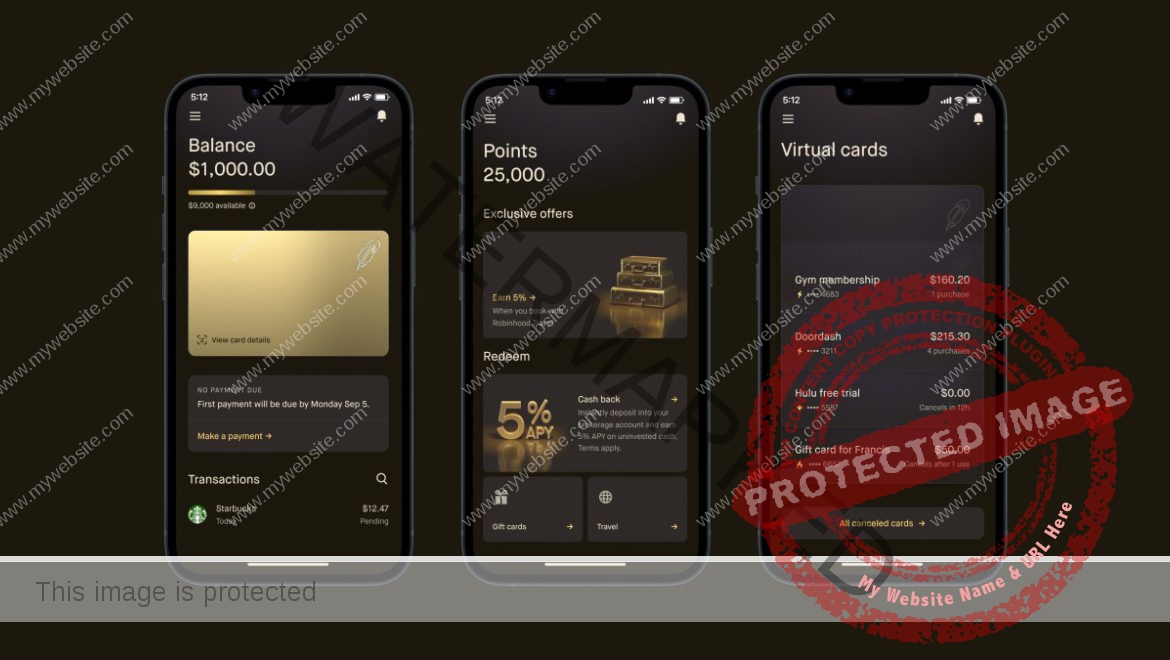LinkedIn targets users caught between TikTok and what used to be Twitter | TechCrunch
Two weeks ago, TechCrunch broke the news that LinkedIn was getting into games, helping users “deepen relationships” through puzzle-based interactions. And on Wednesday, TechCrunch reported that the Microsoft-owned social network was experimenting with short-form videos.
It’s as if LinkedIn is targeting a whole new “type” of user — one caught in limbo somewhere between two other well-known social networks.
Wordle’s viral growth kicked off on Twitter, leading The New York Times to dole out a reported seven-figure sum for the web-based word game. And TikTok is well past the billion-user mark, recently becoming the first non-game app to hit $10 billion in consumer spending, all for short-form video.
Splintering
Ever since Elon Musk bought Twitter in 2022 and changed its name to X, things haven’t quite been the same — latest figures suggest that in the U.S. alone, daily users of the app formerly known as Twitter have fallen by nearly a quarter in the months since becoming a plaything for one of the world’s wealthiest individuals.
Federated competitors like Mastodon and Bluesky have jostled for mindshare among ex-X users, and the mighty Meta has thrown its hat into the ring with Threads. But this disaggregation has left millions jumping half-heartedly between myriad different social networks, not quite sure where they should be hanging out.
TikTok can be likened to a next-gen version of Twitter, replete with short-form content, influencers, hashtags and trending topics — an obvious place to jump in some regards, but it’s simply too alien for many of those that grew up on Twitter.
Like just about every successful social network, Twitter grew organically — a combination of the right people, at the right time, with the right backers and the right technology to make it a scalable product in the hands of millions. It’s not possible to lift-and-shift that community onto a new platform at the drop of a hat, and the audience splintering we’ve seen in the aftermath was inevitable.
Twitter-sized hole
This is where LinkedIn is filling a giant hole in many people’s lives. Sure, we’ve all mocked the “professional social network” through the years and scoffed at the self-aggrandizing hustle culture that permeates the billion-plus community, but we’ve all got LinkedIn accounts and we’ve all turned to it at various times when we needed to, like when we’re looking for a new job or trying to network. And now it is serving as the obvious fallback as the bird app flounders.
This all takes us back to LinkedIn’s latest efforts to move with the times. Microsoft doled out north of $26 billion for LinkedIn seven years ago, and it has largely been quiet about its performance in the years since — however, it has been making sounds about its growth rate of late. It revealed that LinkedIn made $15 billion for its 2023 fiscal year, with almost half of that coming from corporate recruitment software. And a few weeks back, LinkedIn said that premium subscriptions brought in $1.7 billion last year (the kinds of numbers that Musk can only dream of over at X).
The notion that LinkedIn has been something of a salvation for Twitter-ditchers is nothing new, but we’re starting to see LinkedIn jump on its latent potential as something more than what most people think it is. Obviously LinkedIn can’t shake off its “business” shackles completely, and you shouldn’t expect to see Taylor Swift or Ronaldo promoting themselves on there any time soon (fingers crossed), but it’s clear that LinkedIn wants to ditch its “stuffy social network for jobseekers” reputation.
This isn’t to say that LinkedIn will see a surge of Gen Zers looking for a dose of thought-leadership delivered via pithy 10-second skits. And LinkedIn shouldn’t try to be Twitter or TikTok — it’s aimed at an entirely different audience. But it can certainly borrow some of their special sauce and appeal to a broader demographic.
As other social networks abandon news, and X no longer the force it once was for keeping on top of global events, LinkedIn was already capitalizing on this sea-change with more investment. And now with games and short-form videos in the mix, LinkedIn wants even more of the action.










